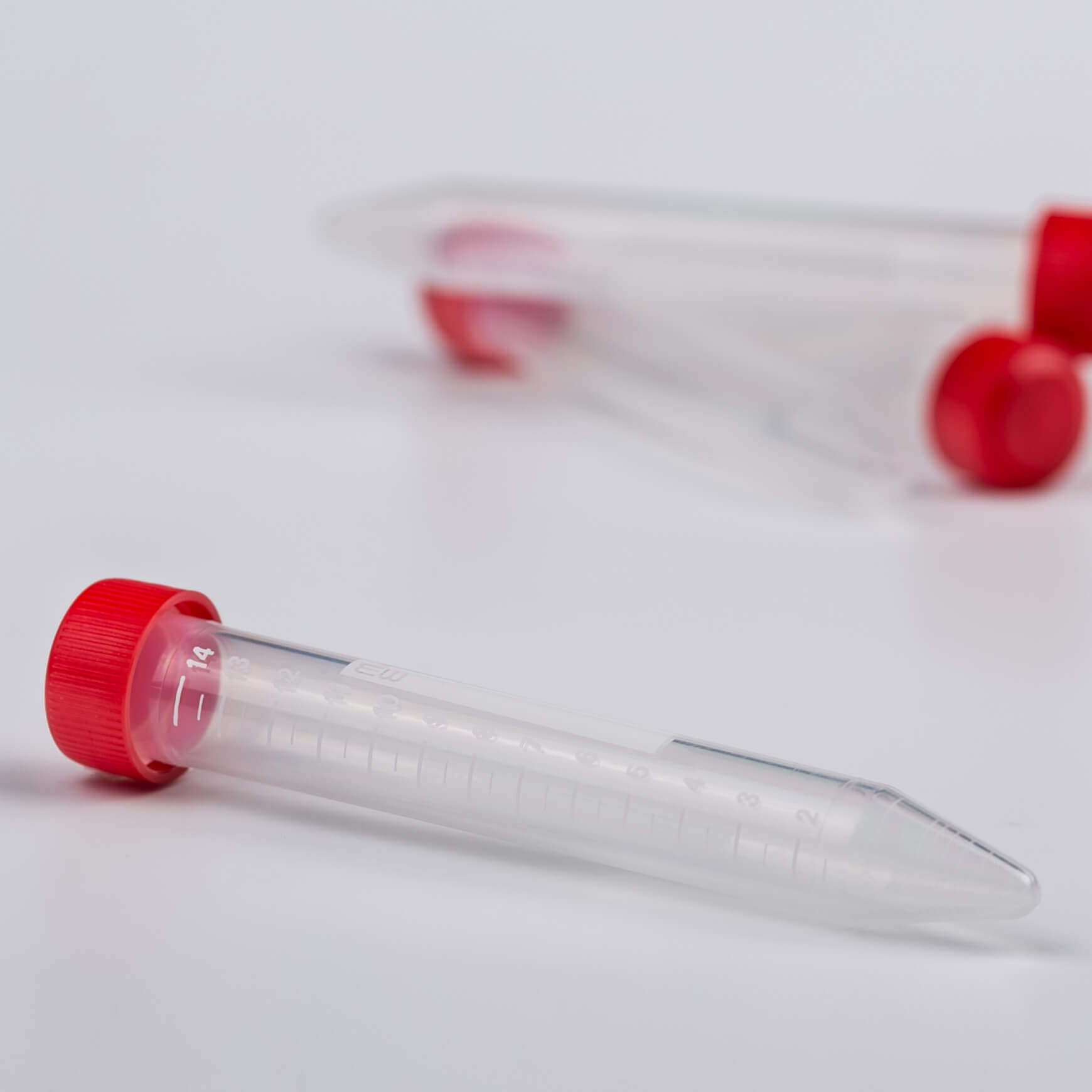
Centrifuge tubes are indispensable in laboratory settings, enabling the separation of sample components through high-speed centrifugation. Selecting the right centrifuge tube is critical for ensuring the efficacy, accuracy, and safety of laboratory procedures. Below are five essential factors to consider when choosing centrifuge tubes for your lab.
1. Material Composition
The choice of material affects a centrifuge tube’s chemical resistance, durability, and thermal stability. Common materials include Polypropylene (PP), known for its robustness and compatibility with a wide range of chemicals, and Polycarbonate (PC), valued for its clarity and impact resistance. Understanding the nature of your samples and the conditions they’ll be subjected to is crucial. For an in-depth exploration of centrifuge tube materials, consider reading The Ultimate Guide to Centrifuge Tubes, which offers comprehensive insights into selecting the right tube material for your applications.
Furthermore, the guide delves into how different materials can influence experimental outcomes. For example, some materials may adsorb proteins or other biomolecules, potentially interfering with sample analysis. Others might be prone to warping or cracking at extreme temperatures or under high centrifugal forces, which could compromise the integrity of your samples and lead to cross-contamination or sample loss.
In addition to chemical resistance and physical durability, the guide also highlights the importance of considering the autoclavability of centrifuge tubes. Many laboratory protocols require sterilization of equipment, and choosing tubes that can withstand the high temperatures and pressures of autoclaving without deforming or leaching chemicals into your samples is essential.
The guide also covers advanced material options, such as fluoropolymers, which offer exceptional chemical resistance and are suited for highly corrosive or reactive samples. While these materials may come at a higher cost, their use can be justified for specialized applications where standard materials might fail.
By equipping yourself with a thorough understanding of centrifuge tube materials and their implications for laboratory work, you can make informed decisions that enhance the reliability and safety of your centrifugal separations. The right choice of tube not only protects your samples but also contributes to the accuracy and reproducibility of your experimental results, underscoring the critical role of material selection in laboratory practices.
2. Capacity and Size
Centrifuge tubes range from microcentrifuge tubes with capacities as low as 0.2 mL to larger tubes capable of holding several liters. This wide range allows for a high degree of flexibility in laboratory applications, from processing minute biological samples to handling bulk chemical substances. The right size ensures efficient separation and prevents sample loss or cross-contamination, which are critical for maintaining the integrity of experimental results.
Microcentrifuge tubes, often used in molecular biology and biochemistry laboratories, are ideal for DNA, RNA, and protein analyses where sample volumes are typically minimal. Their compact size allows for rapid spinning, facilitating quick pelleting or separation of small particles from the supernatant. These tubes are designed to fit into microcentrifuge rotors, making them suitable for high-speed centrifugation.
On the other end of the spectrum, large-capacity centrifuge tubes are designed to accommodate substantial volumes, making them suitable for industrial applications or large-scale research studies where processing significant amounts of material is necessary. These tubes require specialized centrifuges with rotors that can accommodate their size and weight, especially when filled with samples.
Selecting the appropriate tube size for your application is not merely a matter of convenience but a critical factor in optimizing the centrifugation process. Using a tube that is too large for the sample volume can lead to inefficient separations, as the larger surface area may cause the sample to spread thinly, reducing the sedimentation force on each particle. Conversely, a tube that is too small may result in overflow or insufficient space for proper separation, leading to potential sample loss and cross-contamination.

Moreover, the choice of tube size can also impact the centrifugation speed and duration. Smaller tubes typically require higher speeds to achieve effective separation, while larger tubes may need to be spun at lower speeds to prevent damage or failure due to the increased forces at play. Therefore, matching the tube capacity closely with your sample volume is essential for achieving optimal separation efficiency without compromising the safety or integrity of the samples.
In summary, the selection of centrifuge tubes by size is a nuanced decision that influences the efficiency, safety, and reliability of centrifugation procedures. By carefully considering the nature and volume of your samples, you can choose the most appropriate tube size to ensure precise and effective separations, contributing to the overall success of your laboratory experiments.
3. Centrifuge Compatibility
Ensuring that your centrifuge tubes are fully compatible with your centrifuge model is paramount for safe and effective laboratory operations. This compatibility encompasses several factors, including the rotor type, the tube’s shape and size, and the maximum operational speed of the centrifuge. Neglecting these considerations can result in tube failure, which not only jeopardizes your samples but also poses a risk of significant damage to the centrifuge itself, potentially leading to costly repairs or replacements.
Rotor Type and Tube Design:
Centrifuge rotors are designed to accommodate specific types of tubes, and using a mismatched tube can cause improper seating or instability during operation. For instance, angle rotors require tubes that can withstand the angle at which they are held, typically necessitating tubes with stronger structural integrity to handle the increased stress. Similarly, swing-out rotors are suited for tubes that can be securely held in buckets, allowing for horizontal separation. Ensuring that the tube design is compatible with the rotor type is crucial for achieving optimal separation results and preventing tube breakage.
Tube Size and Centrifuge Capacity:
The physical dimensions of the centrifuge tubes must be appropriate for the slots or adapters available in the centrifuge rotor. Using tubes that are too large or too small for the rotor not only affects the efficiency of separation but also increases the risk of tube ejection or breakage due to improper fit. It’s essential to check the centrifuge’s specifications for compatible tube sizes and to use adapters if necessary to accommodate tubes of different diameters or lengths.
Maximum Speed Considerations:
Each centrifuge tube is rated for a maximum centrifugal force, expressed in terms of RCF (relative centrifugal force) or g-force, which it can safely withstand. Exceeding this limit can lead to tube failure, resulting in leaks, spills, or complete disintegration of the tube. Before centrifugation, it’s crucial to calculate the RCF required for your application and ensure that both the centrifuge and the tubes can safely achieve this level of force. Modern centrifuges often feature programmable settings that prevent users from exceeding the operational limits of the attached rotor or tubes, adding an extra layer of safety.
Material Compatibility:
The compatibility also extends to the material of the centrifuge tubes, which should be suitable for the temperature range and chemical exposure expected during centrifugation. Some applications may require refrigerated or heated centrifugation, and the chosen tubes must be able to withstand these conditions without warping, cracking, or undergoing material degradation.
Ensuring Proper Fit and Safe Operation:
To avoid the risks associated with incompatible tubes, always consult the centrifuge and tube manufacturer’s guidelines before use. Manufacturers typically provide detailed charts or databases listing compatible tubes for each rotor and centrifuge model. When in doubt, contacting the manufacturer or supplier can provide clarification and prevent potentially hazardous mismatches.

In summary, the compatibility of centrifuge tubes with the centrifuge unit is a multifaceted consideration that impacts the safety, efficiency, and success of centrifugal separations. Taking the time to ensure a proper match between the tubes, rotor type, and centrifuge specifications is an investment in the reliability and longevity of your laboratory equipment and the integrity of your experimental results.
4. Closure Type
The choice of closure mechanism for centrifuge tubes is crucial, as it directly impacts the sample’s security during centrifugation and storage. The closure type affects not only the risk of sample leakage and contamination but also the ease of sample access and the overall safety of the laboratory environment.
Screw Caps:
Screw caps are renowned for providing a robust and airtight seal, making them the preferred choice for high-speed centrifugation where the risk of leakage is heightened. They are particularly suited for containing hazardous materials, biohazardous substances, or volatile organic compounds, as they can prevent vapor release and ensure containment of the sample even under extreme centrifugal forces. The threaded design of screw caps also allows for the secure closure and reopening of the tube, which is essential for samples that require long-term storage or repeated access.
Snap Caps:
Snap caps, featuring a press-on, press-off design, offer convenience and speed in applications where frequent access to the sample is necessary. They are ideal for lower-speed centrifugations and applications where the risk of leakage is minimal. However, their ease of use must be balanced against the need for sample security, as snap caps may not provide as tight a seal as screw caps and could potentially come open during high-speed centrifugation or if mishandled.
Other Considerations:
The choice between screw caps and snap caps may also be influenced by ergonomic factors and the need for automation compatibility. Screw caps, while secure, require more manual effort to open and close, which could be a factor in high-throughput environments. Some tubes are available with caps that incorporate both designs, offering versatility and the ability to tailor the closure mechanism to specific experimental requirements.
5. Graduation and Labeling Area
Precision in sample measurement and clear identification are foundational to successful laboratory experiments. Centrifuge tubes equipped with well-designed graduations and labeling areas significantly contribute to the accuracy and reproducibility of experimental results.
Graduations:
Clear, durable graduations on the tube allow for precise volume measurements, which is critical for quantitative analyses and dilution accuracy. High-quality tubes feature graduations that are resistant to fading or wearing off, even after repeated handling, cleaning, or exposure to chemicals. The choice of tube should consider the visibility of these markings under typical laboratory lighting conditions and when the tube is filled with various types of samples.
Labeling Areas:
A designated labeling area, often frosted to facilitate writing, is essential for reliable sample identification. This area should provide enough space to write sample IDs, dates, and other pertinent information using laboratory markers or pens. The texture and material of the labeling area should ensure that the writing remains legible throughout the experiment, including during storage and handling. For laboratories utilizing barcode or RFID systems for sample tracking, tubes compatible with these technologies can further streamline sample management and reduce the risk of misidentification.
Incorporating tubes with both clear graduations and adequate labeling areas into your laboratory practices enhances data integrity and efficiency. These features enable accurate sample quantification and secure, unambiguous sample identification, contributing to the overall quality and reliability of laboratory work.
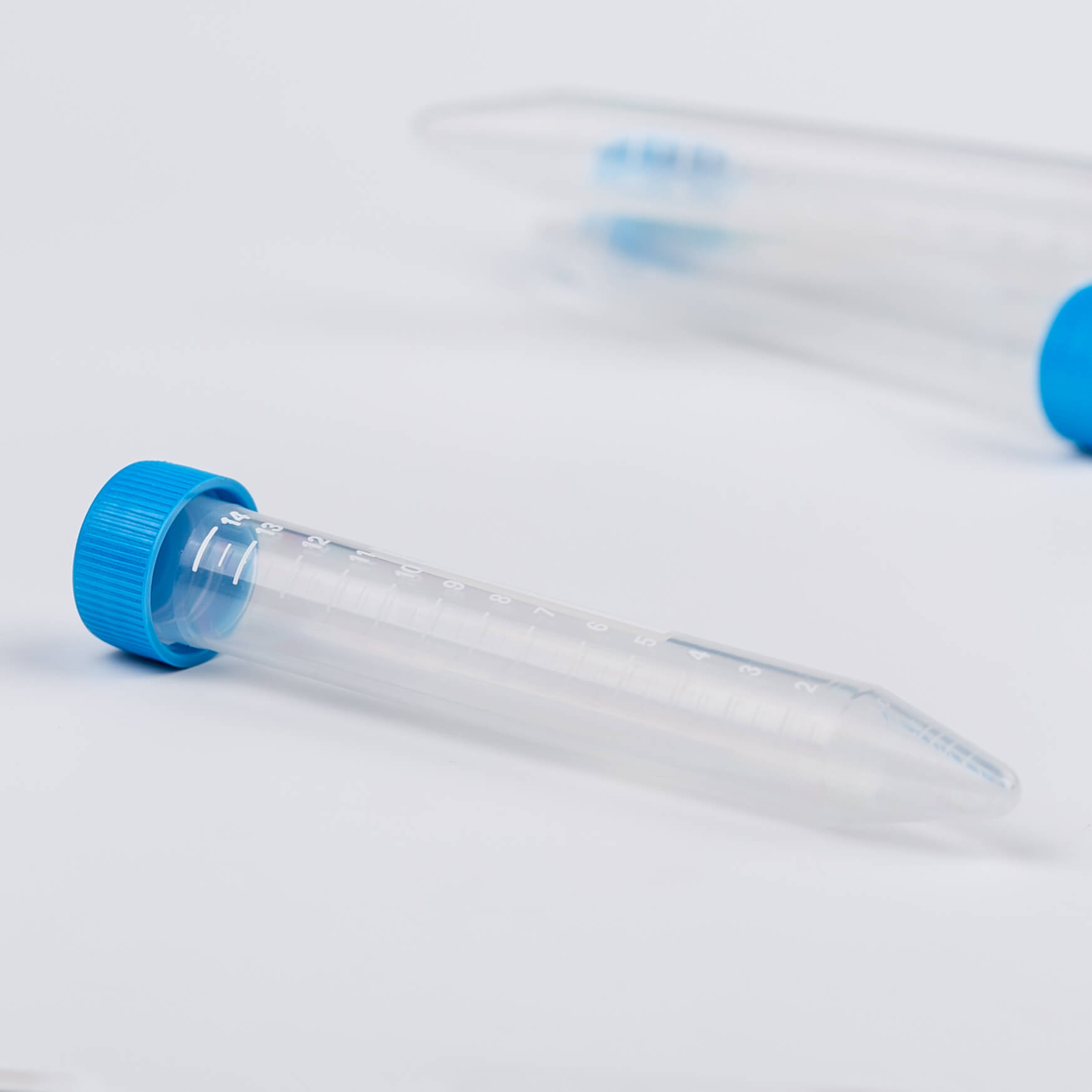
Selecting the appropriate centrifuge tubes for your laboratory involves careful consideration of the tube’s material, size, compatibility with your equipment, closure type, and labeling features. By prioritizing these aspects, you can enhance the efficiency and safety of your centrifugal separations, contributing to the overall success of your laboratory operations.
For further insights into laboratory techniques and tools, including the use of centrifuge tubes, reading The Essential Role of Inoculating Loops can provide valuable information on another critical aspect of laboratory work.
To ensure you’re using the most reliable and efficient tools in your lab, consider referencing authoritative sources such as the American Chemical Society for guidelines on laboratory best practices and equipment standards.
By staying informed and selecting the right tools for your lab, you can maintain high standards of accuracy, safety, and efficiency in your scientific endeavors.

 10ml measuring Cup
10ml measuring Cup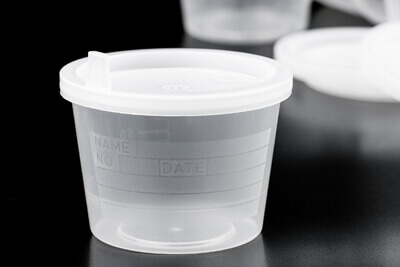 100 ml scaled Specimen Cup
100 ml scaled Specimen Cup 200 ml Sterile Specimen Cup
200 ml Sterile Specimen Cup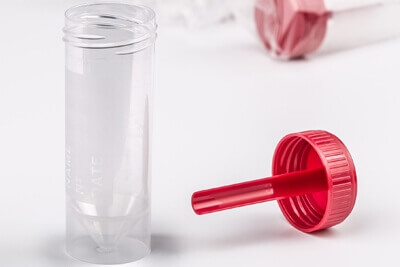 30 ml Specimen cup
30 ml Specimen cup 60 ml Specimen cup
60 ml Specimen cup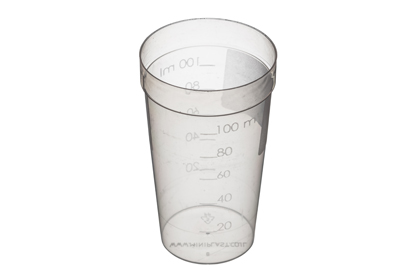 Polypropylene Titration cup 100ml
Polypropylene Titration cup 100ml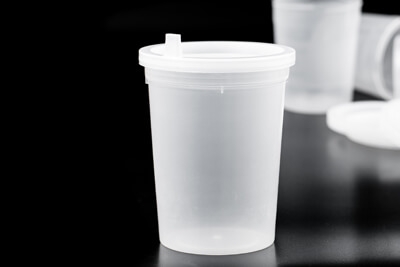 200 ml Specimen cup
200 ml Specimen cup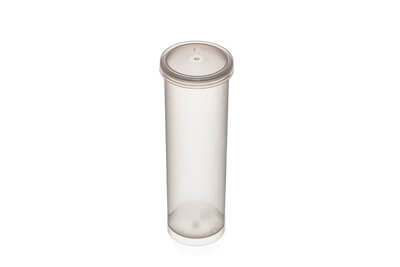 Milk test tubes
Milk test tubes 24 hour Urine Collection Containers
24 hour Urine Collection Containers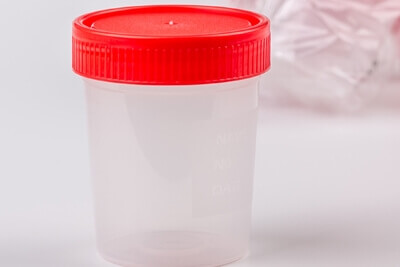 Urine Specimen Cups
Urine Specimen Cups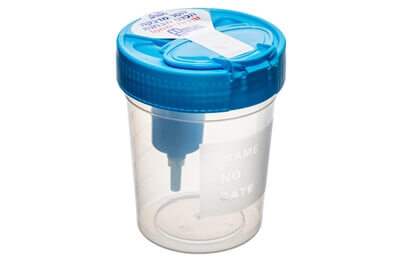 Urine Collection Cup + Cap with Two Openings
Urine Collection Cup + Cap with Two Openings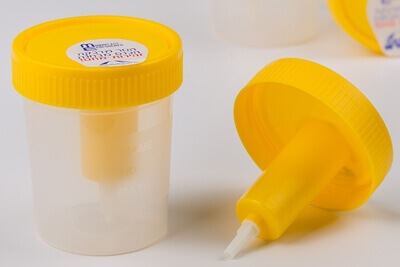 Urine Collection Container - Vacutainer
Urine Collection Container - Vacutainer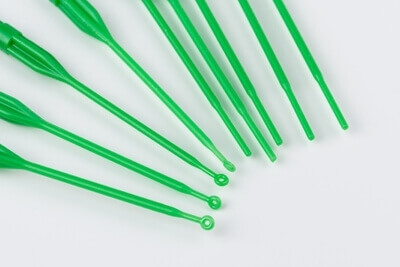 QuadLoop 1 uL & Needle end
QuadLoop 1 uL & Needle end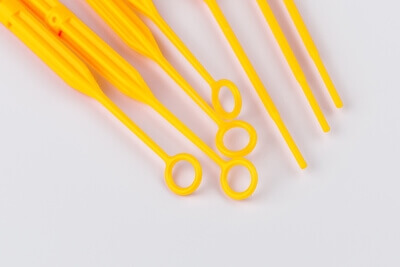 QuadLoop 10 uL & Inoculating needle end
QuadLoop 10 uL & Inoculating needle end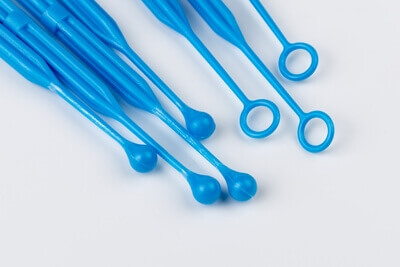 QuadLoop 10 uL & Sphere end
QuadLoop 10 uL & Sphere end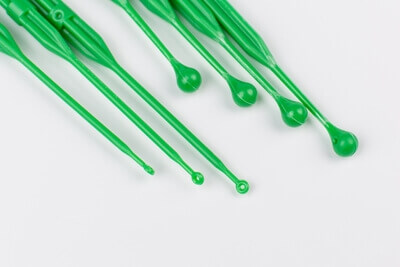 QuadLoop 1uL & Sphere end
QuadLoop 1uL & Sphere end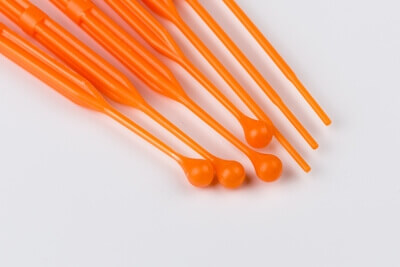 QuadLoop Needle & Sphere end
QuadLoop Needle & Sphere end Sterile Cell spreaders, Drigalski spatulas
Sterile Cell spreaders, Drigalski spatulas 15 ml Centrifuge Tubes
15 ml Centrifuge Tubes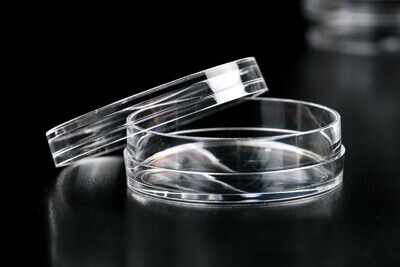 Petri dishes 50 mm (55x14.2)
Petri dishes 50 mm (55x14.2) Petri dishes PS 90 mm diameter (90X15)
Petri dishes PS 90 mm diameter (90X15)





